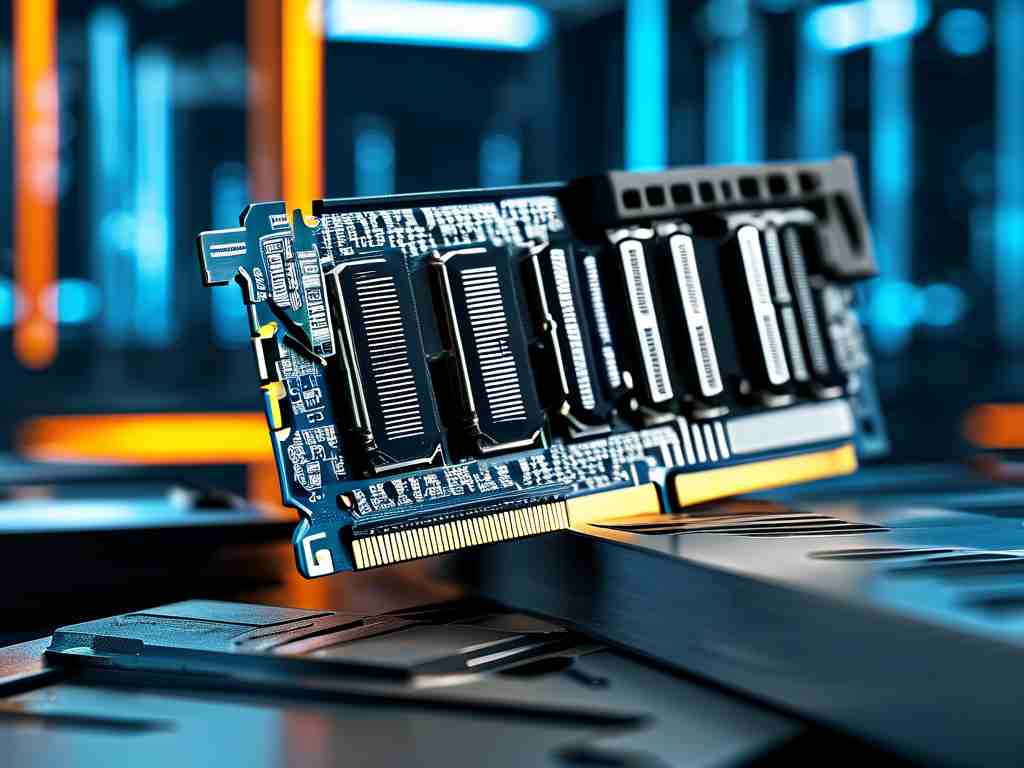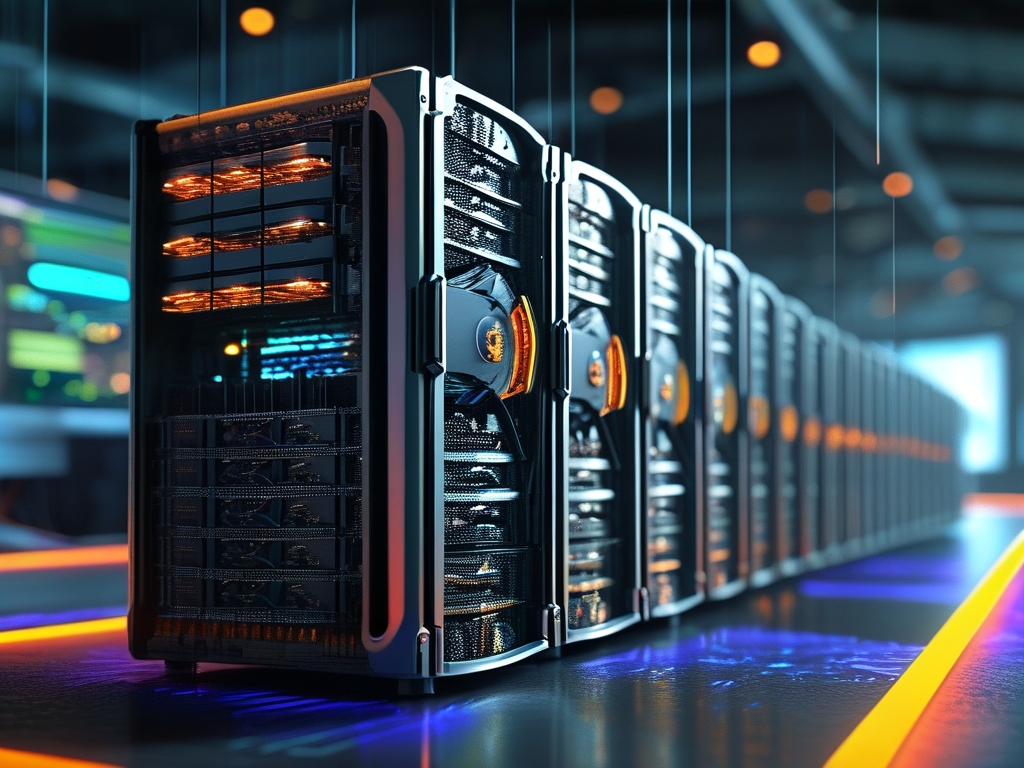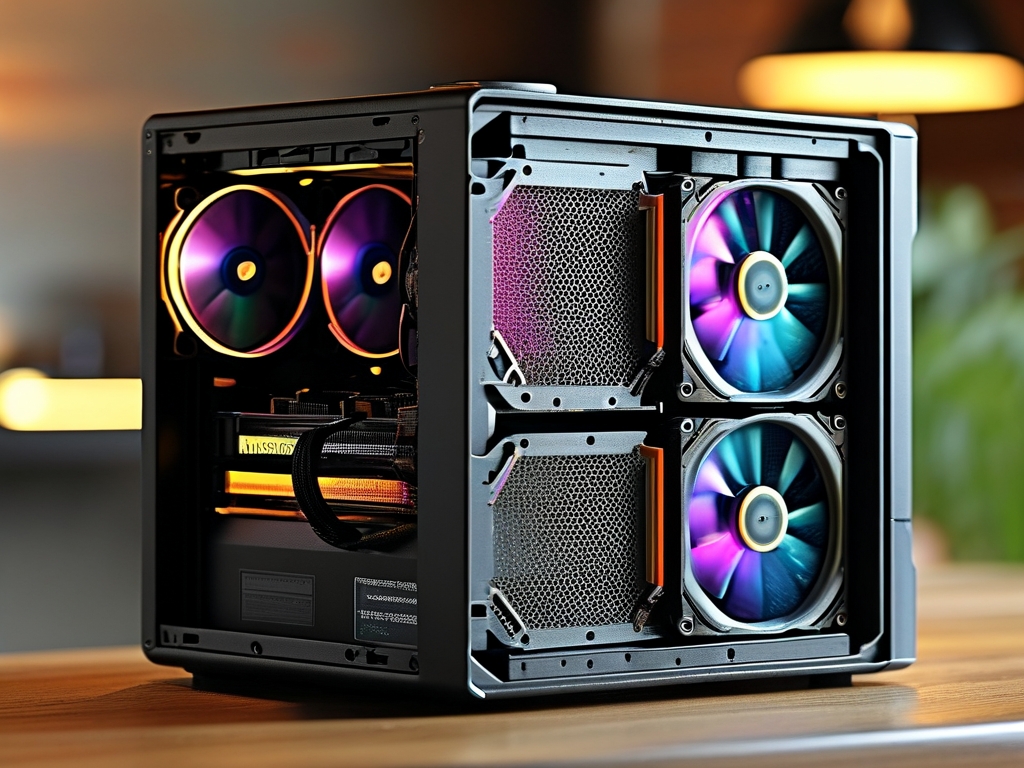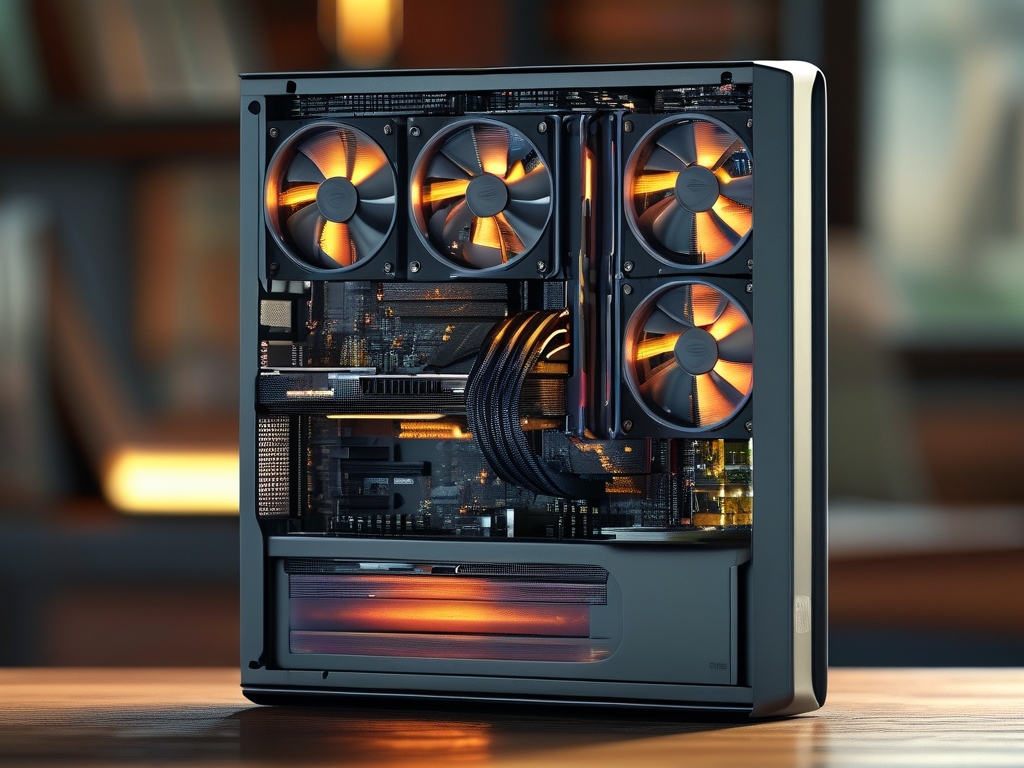In today’s data-driven world, businesses and organizations increasingly rely on instant insights and rapid decision-making. Traditional disk-based storage and processing systems often fall short in meeting these demands due to latency and throughput limitations. This gap has fueled the adoption of in-memory computing (IMC), a paradigm that stores and processes data directly in a system’s RAM. But what specific scenarios make this technology indispensable? Let’s explore the critical use cases where in-memory computing becomes a game-changer.

1. Real-Time Analytics for Dynamic Decision-Making
Industries like finance, e-commerce, and logistics require real-time analytics to stay competitive. For instance, stock trading platforms must process millions of transactions per second while analyzing market trends to execute trades at optimal prices. In-memory computing eliminates the latency of fetching data from disks, enabling sub-millisecond response times. A financial institution using IMC can detect fraud patterns in real time by comparing live transactions against historical data stored in RAM. Similarly, e-commerce platforms leverage IMC to personalize user experiences—like recommending products—based on real-time browsing behavior.
2. High-Frequency Transaction Processing
Industries dealing with high-frequency transactions, such as banking and telecommunications, face challenges in maintaining system performance during peak loads. Traditional databases often struggle to handle thousands of concurrent transactions without bottlenecks. In-memory databases (IMDBs) like SAP HANA or Redis excel here by storing transactional data in RAM. For example, a telecom operator managing prepaid mobile top-ups can use IMC to instantly deduct balances and update user accounts without delays, even during traffic spikes. This ensures seamless customer experiences and reduces revenue leakage.
3. IoT and Edge Computing Applications
The Internet of Things (IoT) generates massive volumes of data from sensors, devices, and machines. Processing this data at the edge—where latency matters most—is critical for applications like autonomous vehicles or industrial automation. In-memory computing allows edge devices to process sensor data locally, triggering immediate actions without relying on centralized servers. A manufacturing plant might use IMC to monitor equipment health in real time, predicting failures before they occur. By analyzing vibration or temperature data stored in RAM, the system can halt machinery to prevent costly downtime.
4. AI/ML Model Inference and Training
Artificial intelligence and machine learning workloads demand rapid access to large datasets. Training models iteratively requires frequent data access, which becomes inefficient with disk-based systems. In-memory computing accelerates this process by keeping training datasets in RAM, reducing I/O overhead. For instance, a healthcare provider training a diagnostic AI model can process medical imaging data faster using IMC, enabling quicker model iterations. Similarly, real-time inference—such as voice assistants processing natural language queries—relies on low-latency data access to deliver instant responses.
5. Gaming and Interactive Applications
Online gaming platforms and interactive apps require consistent performance to retain users. Multiplayer games, for example, depend on real-time player interactions and state synchronization across servers. In-memory computing ensures that game state data—like player positions or inventory—is instantly accessible, reducing lag. A battle royale game with millions of concurrent players might use Redis or Memcached to store session data in RAM, ensuring smooth gameplay even during high-traffic events.
Challenges and Considerations
While in-memory computing offers significant advantages, it’s not a one-size-fits-all solution. Cost is a primary concern, as RAM is more expensive than disk storage. Organizations must balance performance needs with budget constraints. Data volatility is another factor—since RAM is volatile, systems require robust persistence mechanisms to prevent data loss during outages. Hybrid architectures, combining in-memory and disk-based layers, are often employed to address these trade-offs.
The Future of In-Memory Computing
Advancements in hardware, such as non-volatile RAM (NVRAM) and faster networking protocols, are expanding the possibilities for IMC. Cloud providers now offer in-memory services, democratizing access for smaller enterprises. As industries continue to prioritize speed and agility, in-memory computing will remain a cornerstone of modern IT infrastructure.
In , scenarios demanding instant data processing, low latency, and high throughput are driving the adoption of in-memory computing. From real-time analytics to AI-driven applications, this technology empowers organizations to operate at the speed of thought—transforming raw data into actionable insights without delay.









